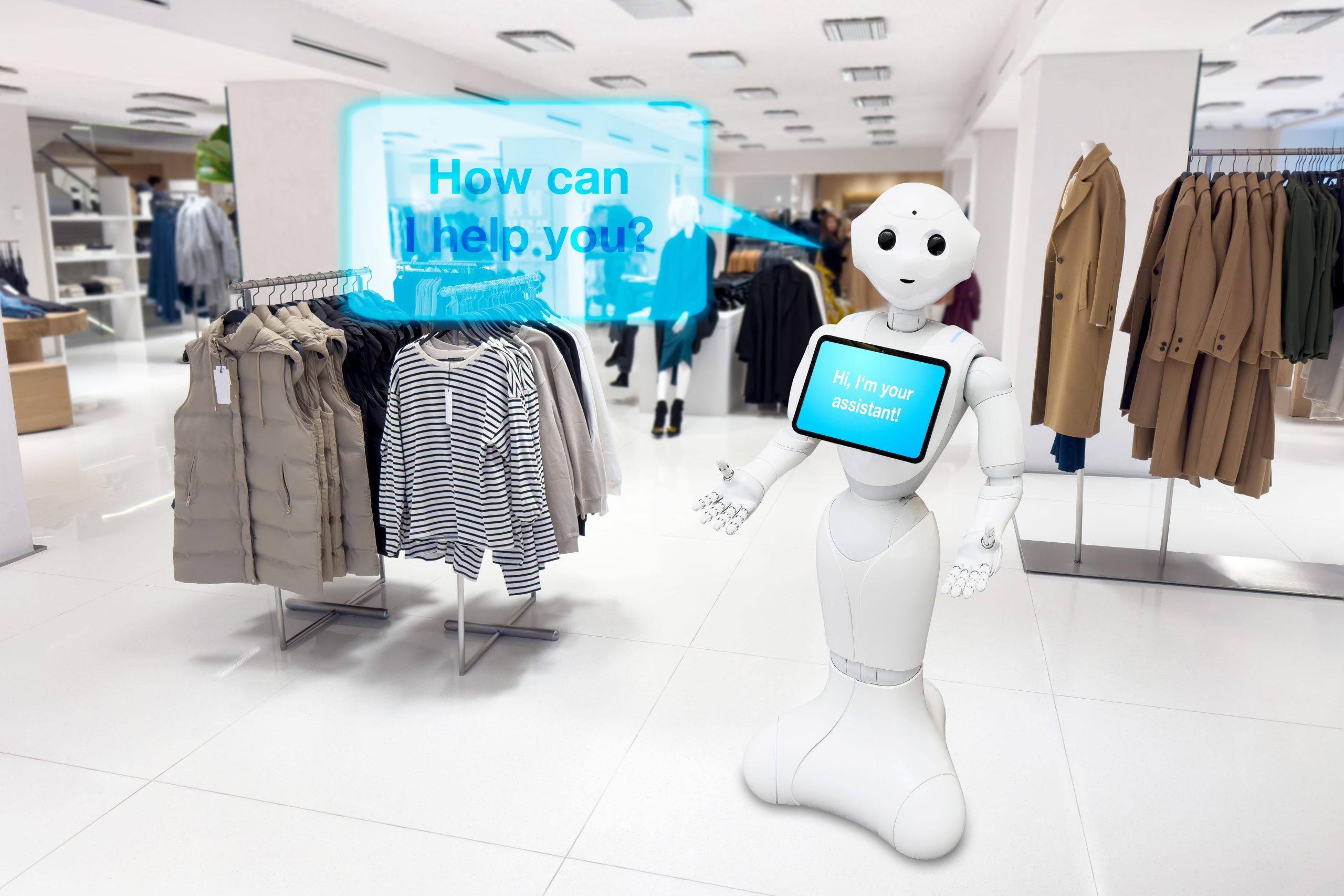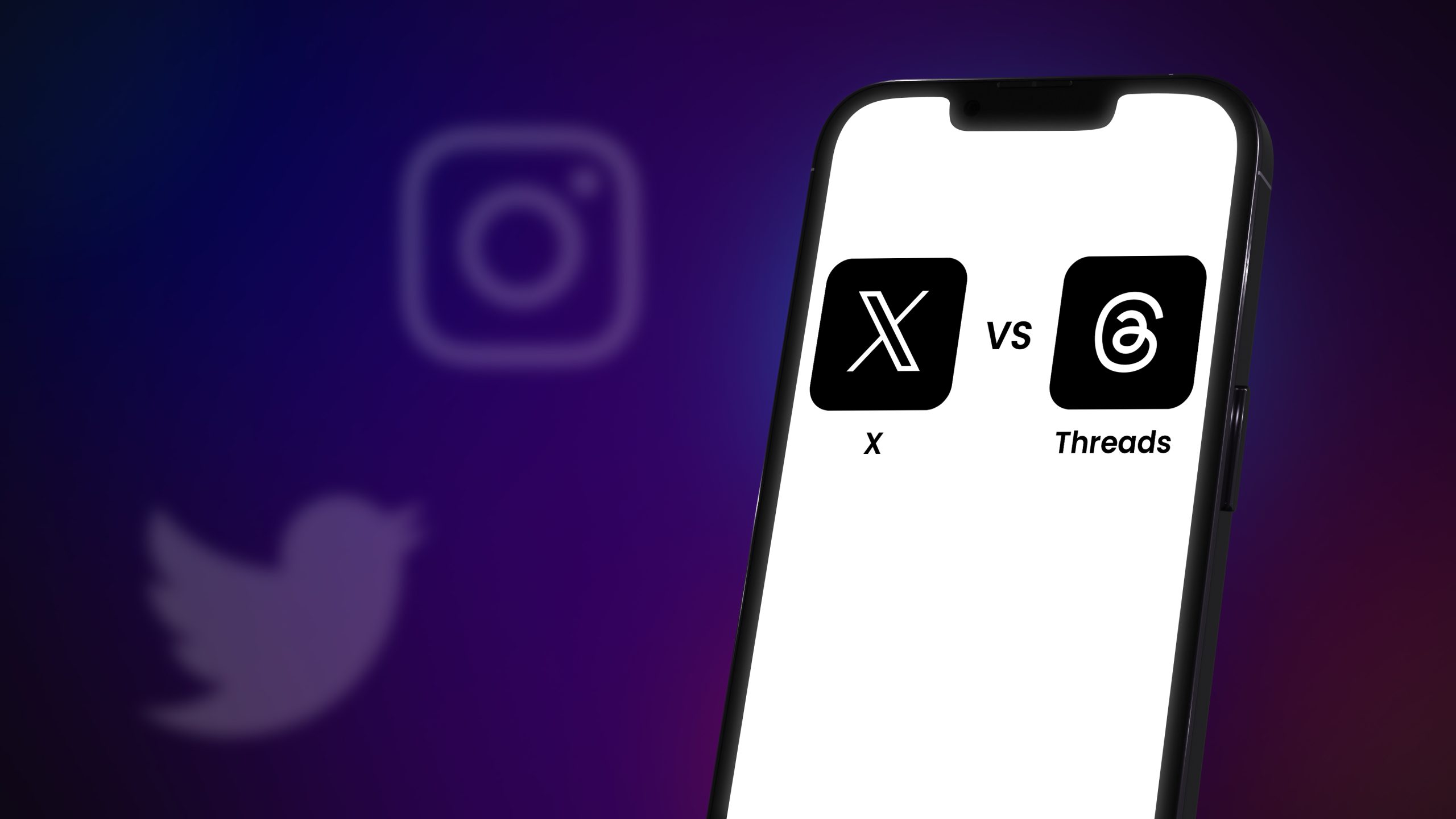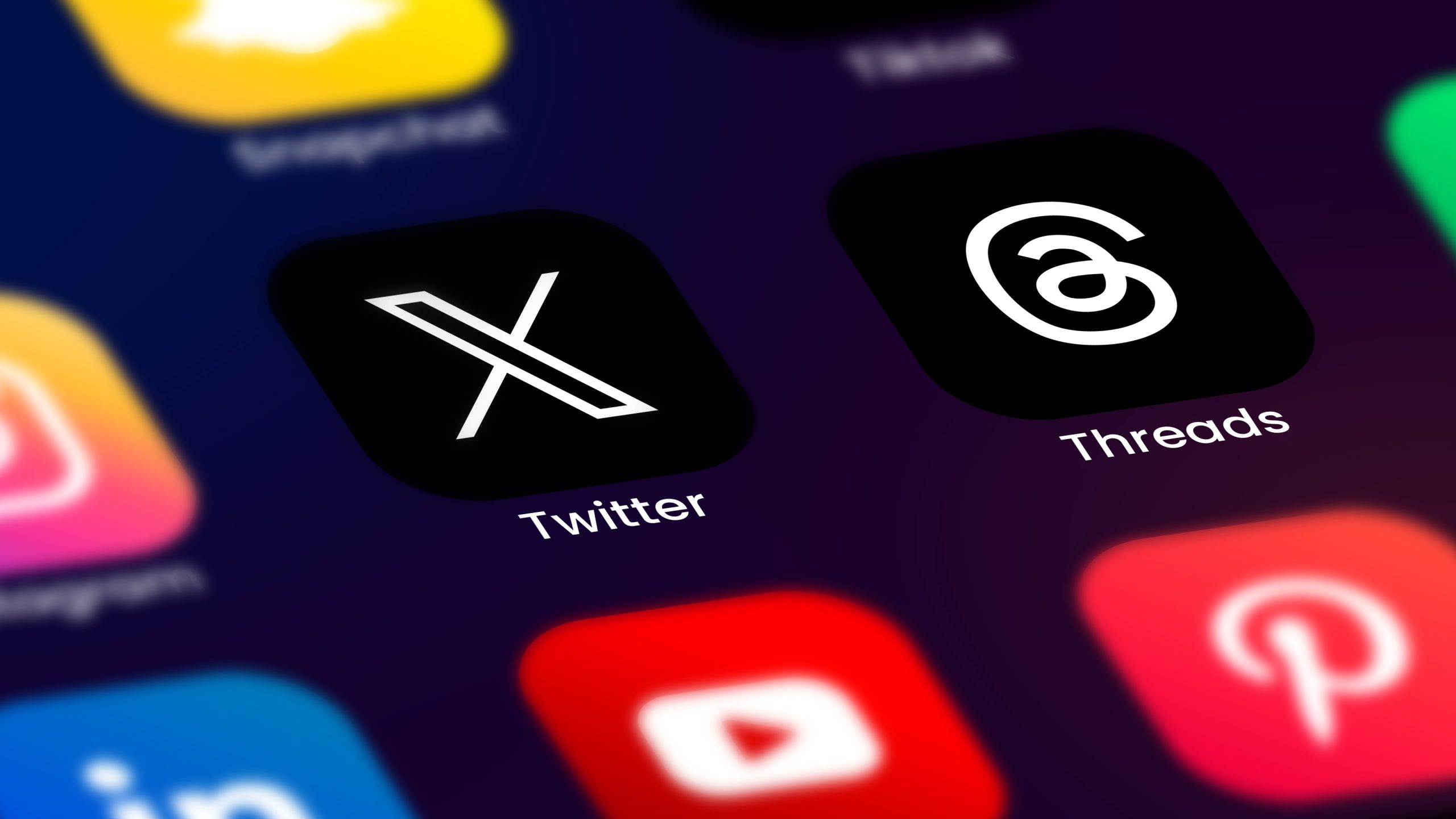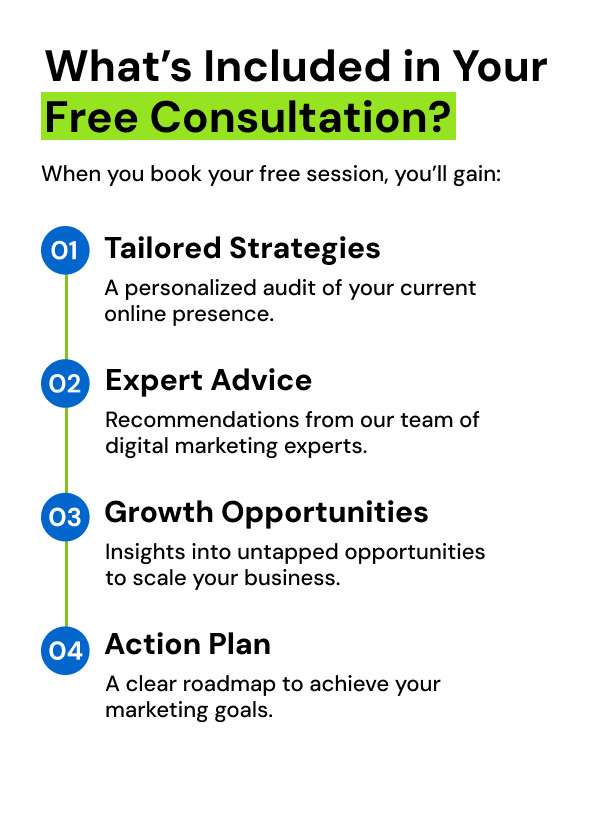Top 5 Reasons To Choose Digital Marketing as a Career!

If you’ve been wondering what career to pick these days, digital marketing keeps popping up, right? It’s kind of everywhere. Ads on Instagram, YouTube videos, even that random search result that feels like it reads your mind—it’s all digital marketing. And if you’re from Nagpur, you’ve probably noticed that the demand for these skills is rising fast, with people searching for the best digital marketing institute in Nagpur to get started.
So the big question is… should you actually think about it as a career? I’d say yes, and here’s why.
Top 5 Reasons To Choose Digital Marketing as a Career
Everyone’s looking for digital marketing skills
Let’s be real. Every business, big or small, is online now. Your neighborhood bakery? They’re probably running an Instagram page. That new café in Nagpur? They’re showing up on Google Maps and running ads to get people through the door.
And who do they need for all of this? People who understand digital marketing.
A few things I’ve noticed:
- Companies are spending way more on online ads than traditional ones
- Even small shops want someone who can set up Facebook ads or handle Google reviews
- If you know SEO or social media, you’ll always find someone who needs help
That’s job security right there.
You don’t have to wait years to start working
This is probably one of my favorite things about this field. You don’t need to spend three or four years doing a degree and then “maybe” land a job.
With digital marketing, you can start learning today and be working on real projects in just a few months.
For example:
- If you join the best digital marketing institute in Nagpur, they’ll teach you SEO, ads, and email campaigns, all of it.
- And you can practice while learning. Like, help a cousin promote their business online or try running ads for your own Instagram page.
You learn by doing, and honestly, that’s way more useful than memorizing theories.
So many paths to pick from
One of the coolest parts? You’re not stuck in one role. You can shift around and try different things until you find what clicks.
Here are just a few directions:
- SEO (basically, making sure websites show up on Google)
- Social media (Instagram, YouTube, Facebook… you name it)
- Content writing (blogs, emails, articles)
- Ads (Google Ads, Facebook Ads, etc.)
- Data and analytics (understanding customer behavior)
And if jobs don’t excite you, freelancing is an option. Loads of people start with a couple of clients in Nagpur and then grow it into a full-time business.
The variety here is insane. You can literally reinvent yourself every few years.
The money’s not bad at all
Let’s talk about salaries, because that matters.
When you start, it might be on the lower side—say around 15,000 to 25,000 INR a month. But once you get some experience, the growth is pretty solid.
- With 2–3 years under your belt, your pay easily doubles
- Freelancers charge per project, and honestly, that can add up really fast if you’re good
- Some folks even make lakhs a month working with multiple clients
So yeah, the money’s good, but it’s tied to your skills. The more you learn and practice, the more you earn.
It’s a mix of creative and technical
This is the part I enjoy the most. You don’t just sit and crunch numbers, and you’re not only writing content either. It’s a mix.
- One day, you’re brainstorming Instagram captions
- Next, you’re analyzing data to see why a campaign didn’t work
- You get to experiment with ads, videos, and strategies
It keeps things interesting. No two projects feel the same. And honestly, if you get bored easily, that’s a huge plus.
Why you should look for the best digital marketing institute in Nagpur
Now, you could try learning everything by yourself. YouTube, blogs, free courses—they’re all there. But the problem? It gets confusing fast.
That’s where a good institute helps. The best digital marketing institute in Nagpur (or wherever you are) will give you:
- A clear structure, so you’re not randomly jumping between topics
- Mentors who actually guide you
- Internships or projects to get hands-on practice
- And honestly, a network of people who might turn into colleagues or clients later
I’ve seen people waste months trying to “figure it out” alone. With a proper course, you just get to the point faster.
FAQs about Digital Marketing Careers
Is digital marketing a good career in 2025?
Yes, 100%. Businesses are spending more online than offline now. The demand for skilled digital marketers is only going up.
How do I start my career?
Best way? Take a structured course at the best digital marketing institute in Nagpur (or your city), then practice on real projects. Even small ones count.
Do I need to be super technical?
Nope. Some roles are more creative, others are data-focused. You don’t need a coding background to get started.
How much can I earn?
Freshers usually start at 2–3 LPA. With experience or freelancing, you can make a lot more.
Can I work remotely?
Yes. Many companies hire remote marketers. Freelancers get international clients, too.
Digital marketing isn’t just another “trendy” career. It’s something businesses literally need to survive.
If you’re looking for:
- Skills that are always in demand
- A career you can start quickly
- Options to explore different paths
- Decent income potential
- Work that combines creativity and strategy
Then, honestly, digital marketing is worth your time.
And if you’re in Nagpur, starting at the best digital marketing institute in Nagpur gives you a huge head start.
So, what do you think? Could this be the career path you’ve been waiting for?













